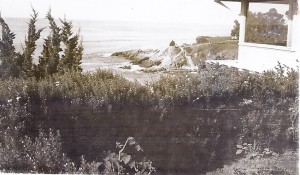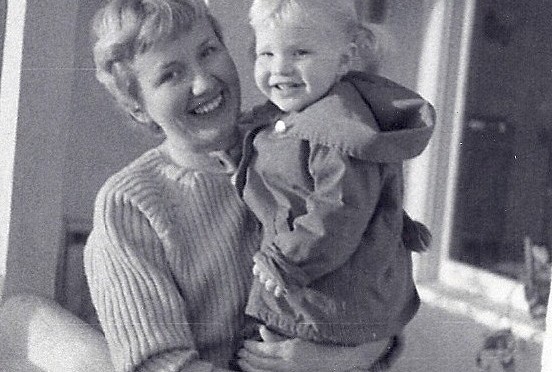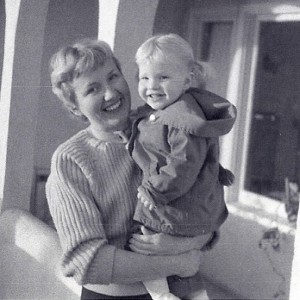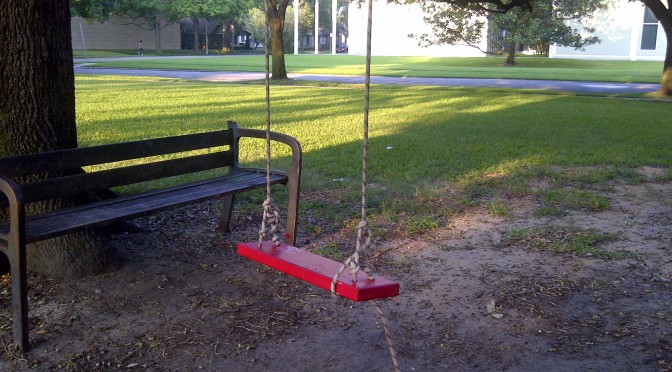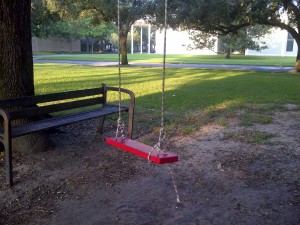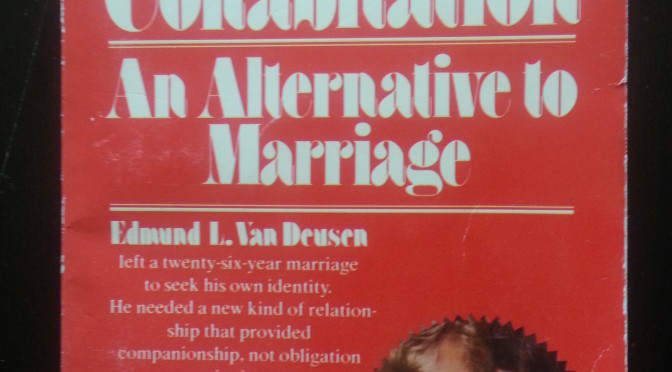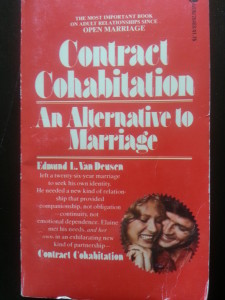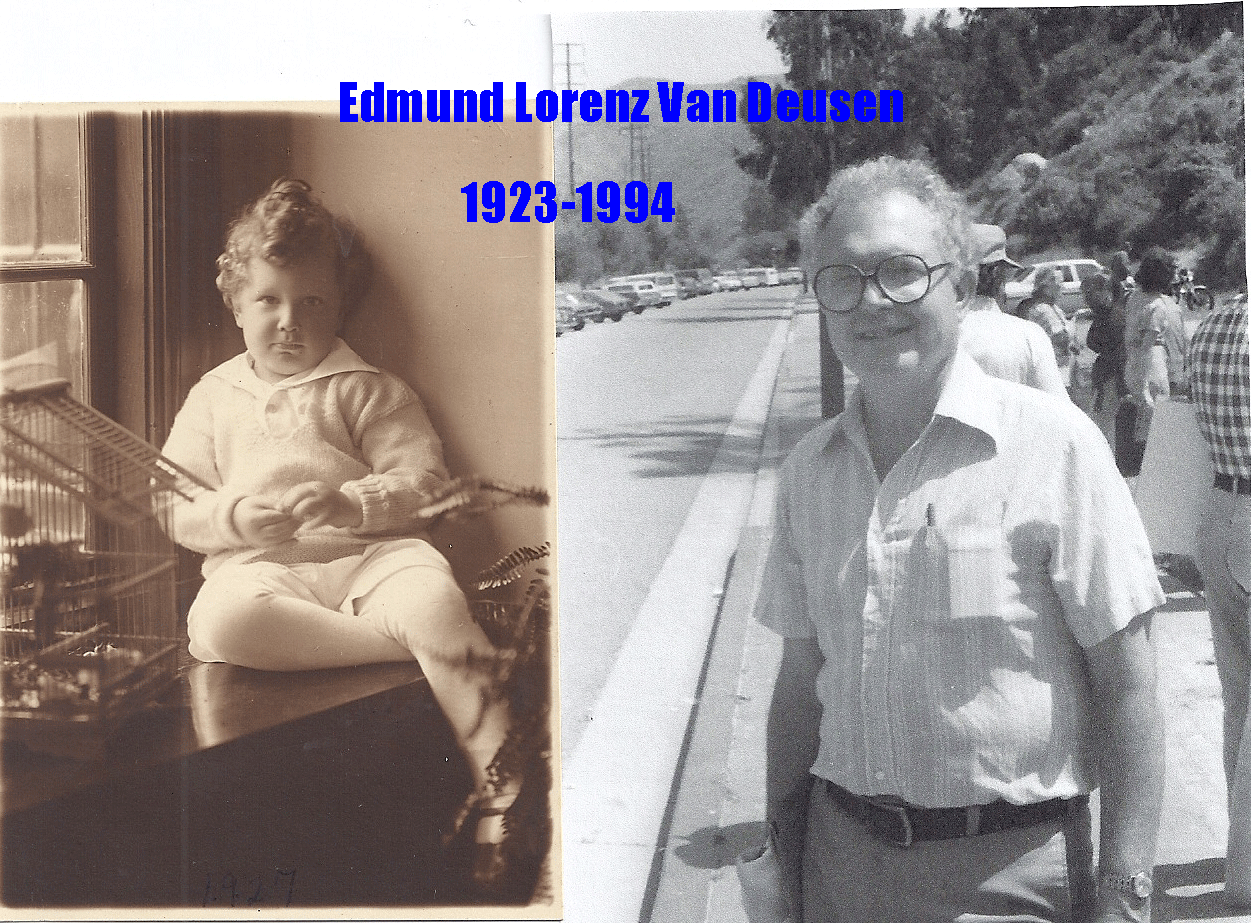Note: This post began as a review of Fading Gigolo, the 2013 John Turturro movie, featuring Woody Allen as a character that perhaps only Woody Allen can play. It evolved into a send-up of sorts for the NYC that perhaps lives only in Woody Allen’s movies.
Manhattan-Love
In the mid-1990s, I lived on Manhattan’s East 55th Street.
Down the block from my apartment building, there was a lounge, Michael’s Pub, where I’d heard that Woody Allen played clarinet.
Many evenings, I would slow my pace as I walked past the pub entrance on my harried way home from the stifling subway station, hoping that I might chance a glance upon the famed Annie Hall director.
I’d stare at the pub door, relishing the thought that the man whose films evoked the NYC I dreamed of, had mere moments before walked through it.
Even then . . .
Negative news had emerged in the early 90s about Woody Allen. The photos of Mia’s adopted daughter, Soon-Yi Previn. The dysfunctional households. The nasty break-up with Mia Farrow, and of course, the charges that flew back and forth, from one to the other, skimming the Central Park tree tops that separated their two homes.
Even so, I found myself still drawn to this complex man’s films. I know I was not alone. It was as if there was a sort of disconnect between Woody Allen, the man who romanced the adopted daughter of his long-time girlfriend, and Woody Allen, the director, the maker of movies and the weaver of dreams.
A Woody Allen Kind of NYC
After all, his movies held the promise of a New York City that had, for all my seasons spent there, still eluded me. His was a city of scotch and existential sophistication, of chance meetings in wood-paneled bookstores with like-minded people who thought deep thoughts together in brilliant bursts of harmony.
To this day, I’m not sure if that New York City has really ever existed beyond Woody Allen’s movies—and my imagination.

